Are Zoned Heating/Cooling Systems a Good or Bad Idea?
Excerpt from homeenergypros discussion about HVAC Zone controls.
QUESTION by Jon LaMonte
For starters, I live in Atlanta, Ga and I am not an HVAC pro so this is a serious question that I would like answered for one of my clients. I understand the premise of a zoned system and on the surface, it sounds like a good idea. Then I considered the fact that I have always told my customers that it is a bad idea to close off vents in rooms they are not in because of duct leakage. Also, the second law of thermodynamics simply states the hot goes to cold, so now the unheated areas are doing their best to rob warm air from the heated areas. Finally, if your zoning a single system, aren't you creating on oversizing issue because the unit (that was probably oversized in the first place) is now servicing a smaller area than what it was designed for?
Reply1 by Chris Heenan
Zoning has benefits beyond temp control. Most often the home does not require the full 2 stage heat or cooling as the system only needs to satisfy a portion of the home. So, then if 1/2 the heated air goes through a properly sized and balance bypass, the return air (from home) will mix with warm supply (from bypass) before going thru the system again. You may not need to go beyond 1stage heat (or cool) except in extremes. This is most beneficial in raising supply temps from heat pumps when in winter mode. Most supply vents feel 'cool' to homeowner. Not so when zoned and not call on all zones.
Flip it to cool, and the bypass send dehumidified cooler air across the coil. Decreasing high side pressures and amp draw of compressor. Then the air gets more heat extracted and further dehumidified. Pulling out additional condensate and running less. Remember systems have to be careful not to oversize as dehumidification is crucial to comfort. Dry and cool temps out supply vent. Not too shabby.
Reply2 by dale conner
Zone sytems are rarely installed properly but can be efficient if properly designed. The goal is to be able to set back the temperature a few degrees in a zone that isnt being utilized while keeping another zone comfortable that is being utilized. A single unit with a zone system will have a by-pass duct sytem to dump the air thats been cut off from one zone back into the duct system to be used in the zone that is being used.
*Reply3 by James Jackson on
Have you ever been driving down the interstate hwy and come up on an exit ramp that has traffic backed up? As the traffic backs up and eventually fills the exit with cars you end up with a slight back up on the entire highway. this is the closest scenario i have been able to come up to help people understand why closing doors and vents is a bad idea. if you have a run off of a main trunk and you close the outlet or register you will cause the air to back up into the trunk causing turbulence in the trunk line resulting in a decrease in air flow in other areas on the system. this can also cause multiple other problems like pulsing and excessive noise from the increase in pressure.
another thing to remember when you shut doors in a home with no return air you cause a difference in pressure in the home. The room you have closed is now significantly positively pressurized and the house is now under a negative pressure. This why some homes have the doors undercut by 3-4 inches trying to allow the air to get back to the return.
Ok as far as the zone system goes... There is so much more thought involved in properly setting up a quality zone system that i see very few done correctly. If you want to do one correctly you first need to make sure you are using a multi-stage HVAC unit so the unit can run on low speed if it is only conditioning one zone. A bypass or crossover duct with a barometric damper is needed if you are conditioning a small zone and the air handler is still supplying too much air, but if you are going the zone route don’t use contractor grade units and piece it together with a simple zone controller. Get a high efficiency v speed unit that is designed for this application.
But what happens when you change the temps in a zone in the house 4-5 degrees?? Energy moves from hot to cold so you end up indirectly heating or cooling the entire space regardless. This brings us to another scenario. The return air in the zone that is off. My experience with working on correcting issues with homes using zone systems has been the returns are never dampered so if the zone is completely shut off you have just installed a permanent blower door. if the zone is off one you are returning hotter or colder air to the system and two you are causing that zone to have a negative pressure.
Just some things to think about !!
Learn more at www.zoningsupply.com
---------------------------------------------
BETTER with Zoning done right!
Single thermostat can have issues
My editorial conclusion:
Zoning CAN be effective if and ONLY if it's designed and installed properly. This means ducts, dampers, equipment size (tons). It also means the right zone panel setup with energy saving features like SmartZone. Finally, to make zoning work best and comfort control and energy savings, the home owner must properly control the thermostats. Zoning isn't a "set-it-and-forget-it" system, it must be managed to be effective. More articles about zoning
See full discussion: http://homeenergypros.lbl.gov/group/hvac/forum/topic/show?id=6069565%3ATopic%3A7207




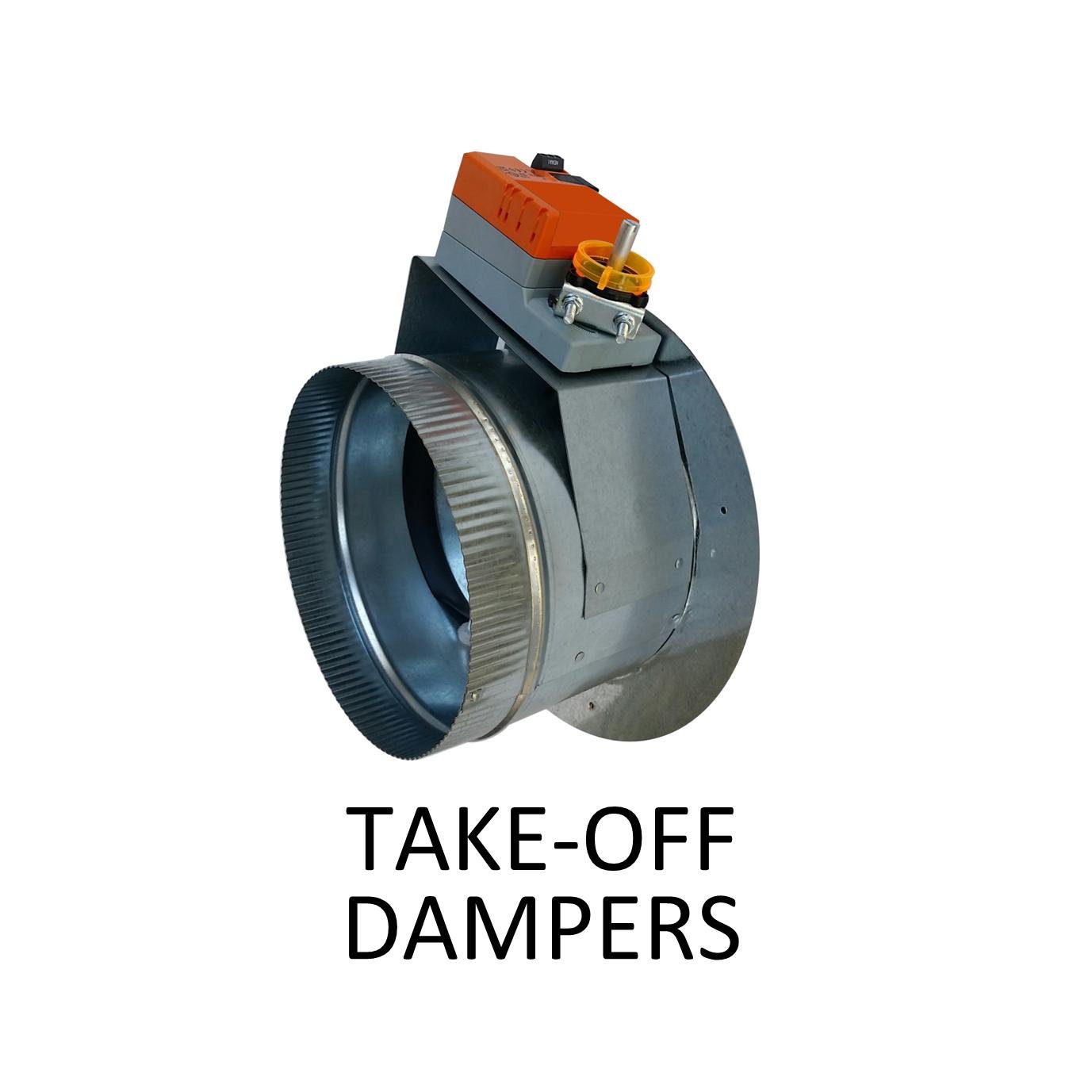


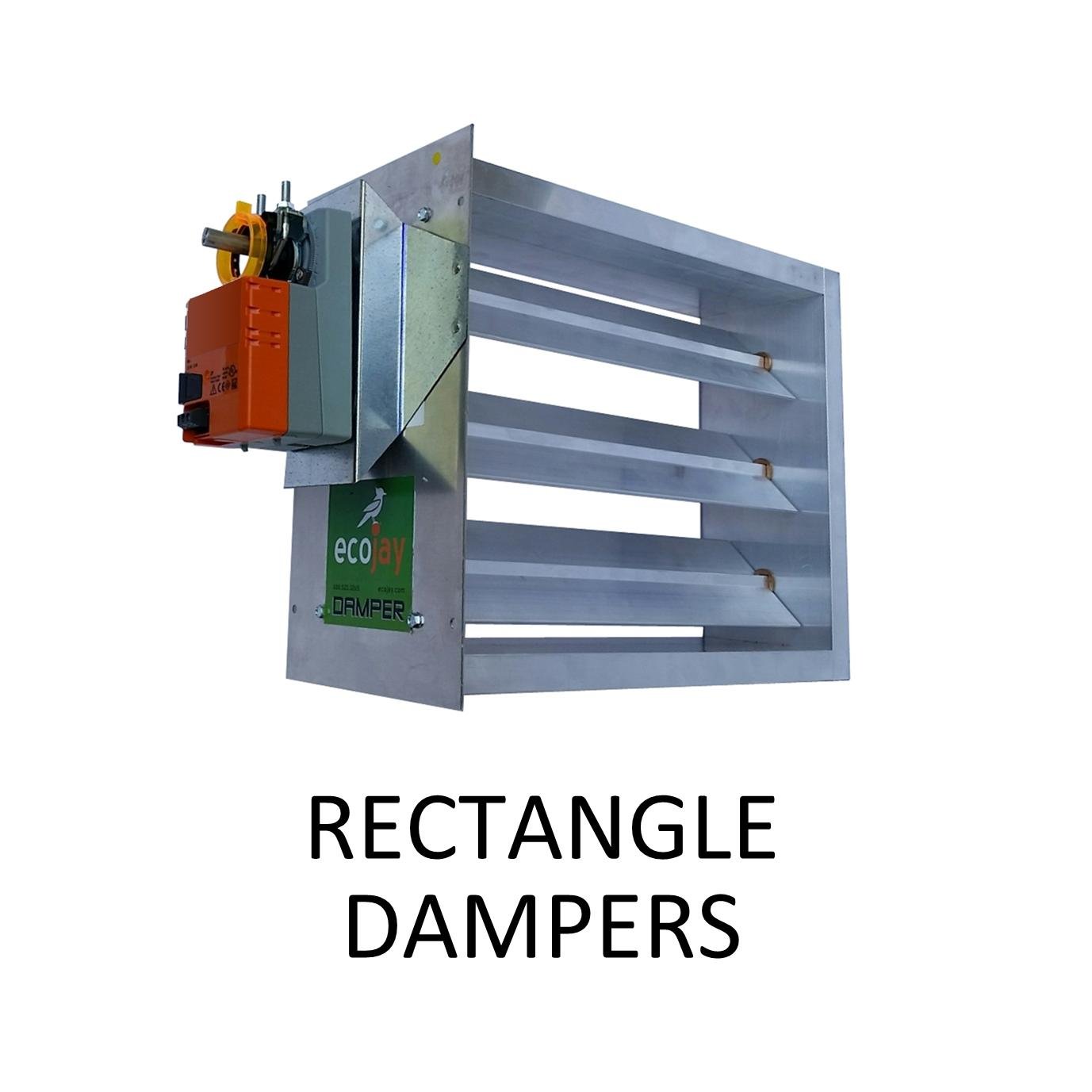
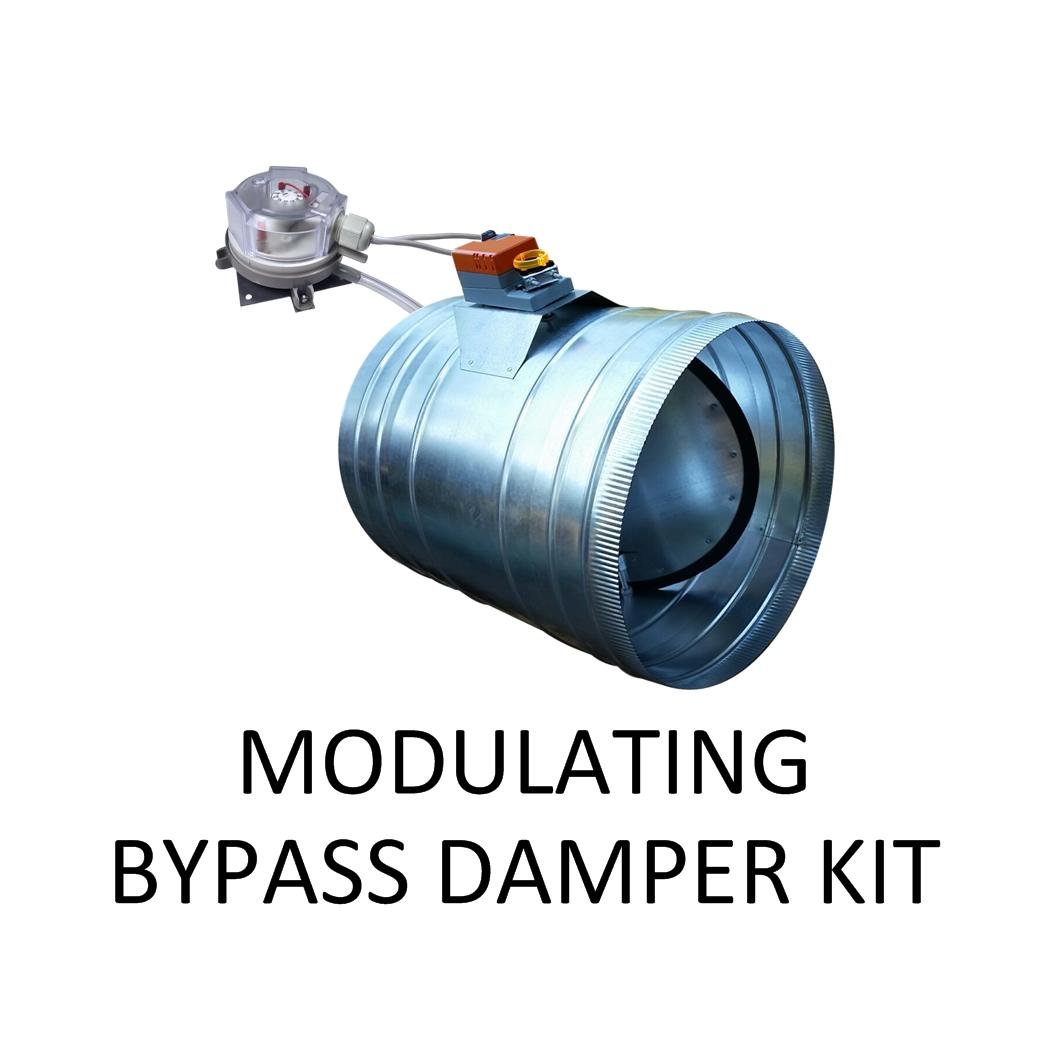
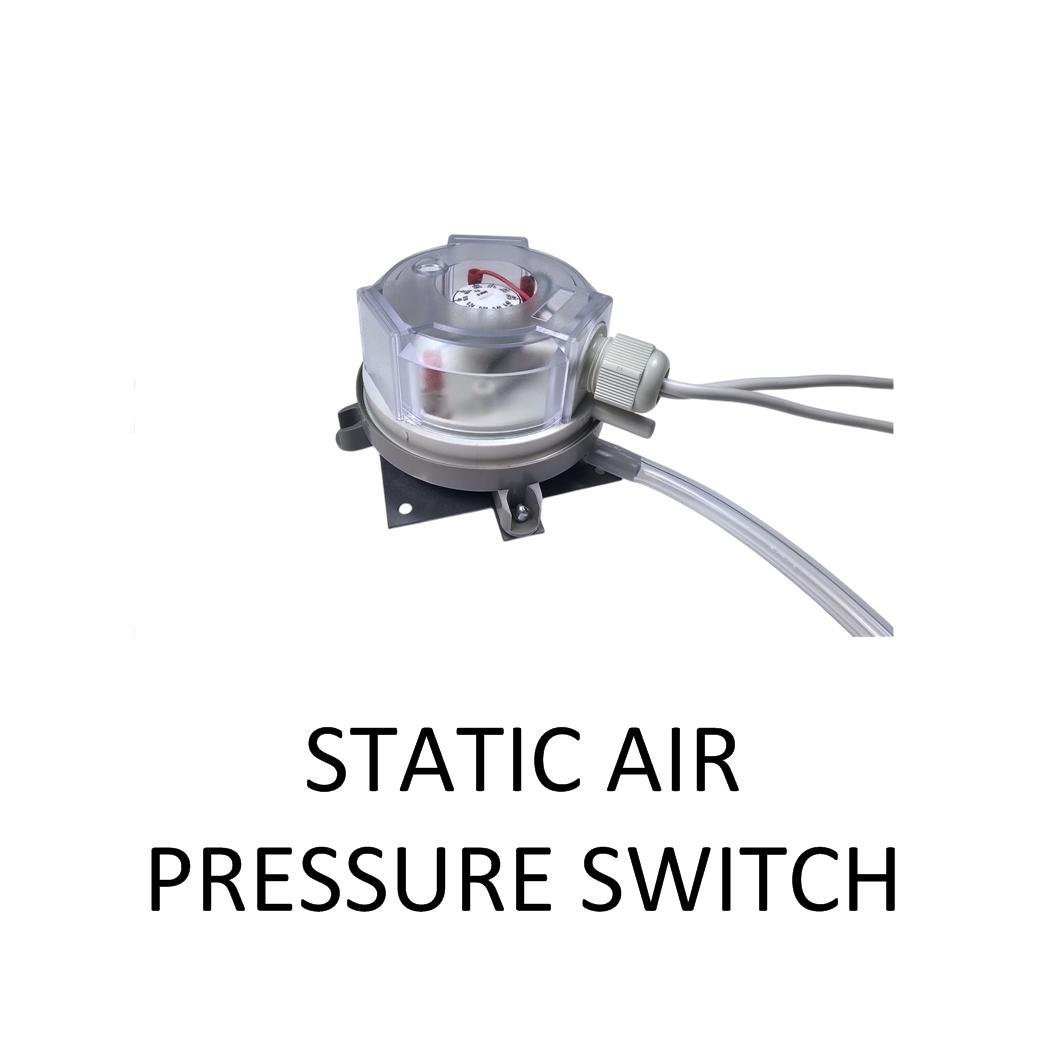
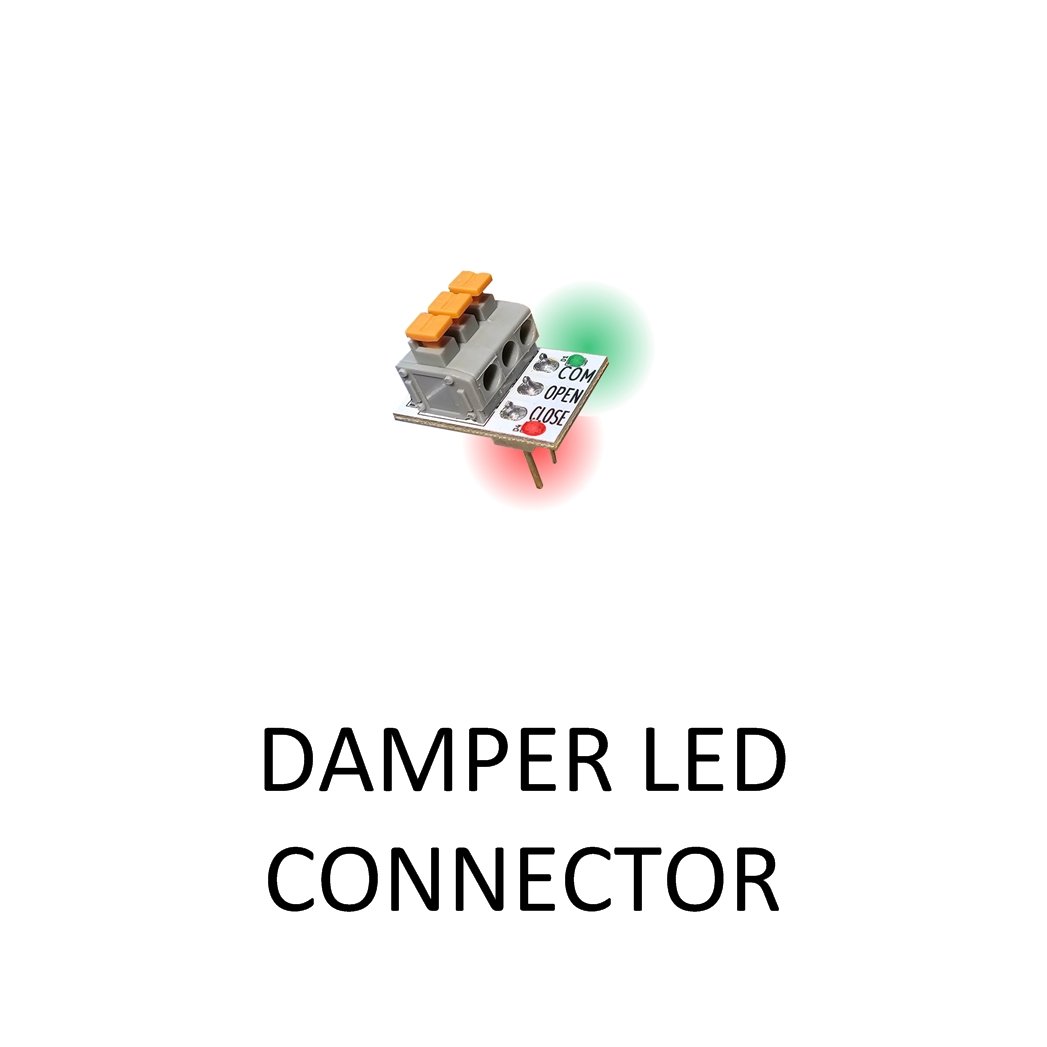

4", 5", 6", 7", 8", 9", 10", 12", 14", 16", 18" Available
FEATURES:
Industry-leading quality & highest reliability, Belimo Motor, Full-seal gasket blade, Super-Heavy Duty, Ribs for easy flex duct attachment, One crimped end for easy solid duct attachment, 5 Year replacement warranty.
Now available with or without a motor (Select below)
NOTE: All dampers subject to a 10% restocking fee.